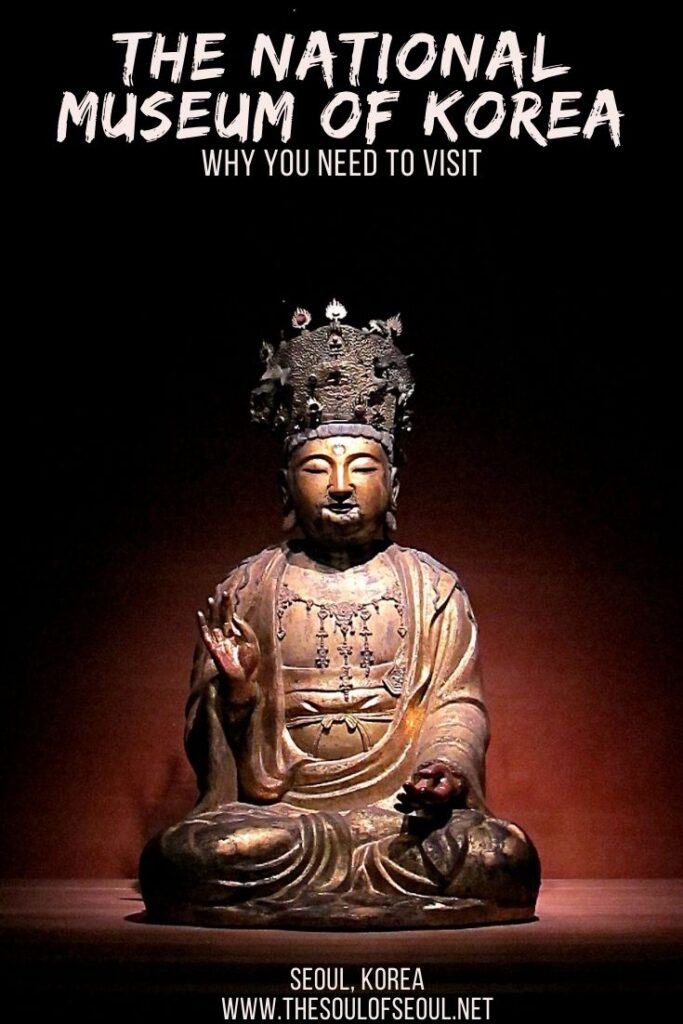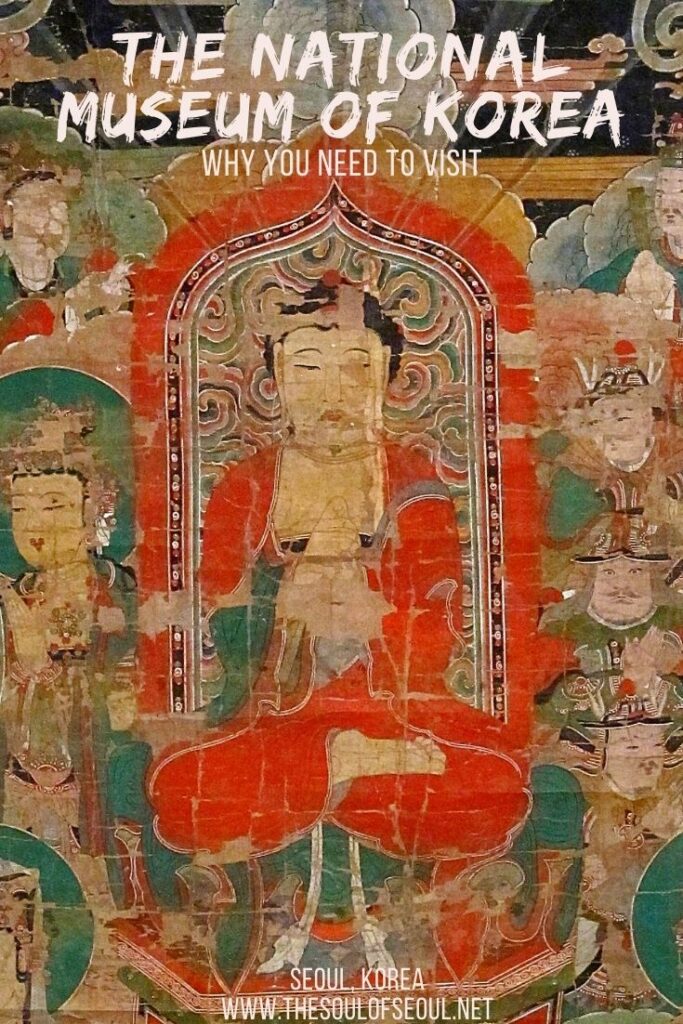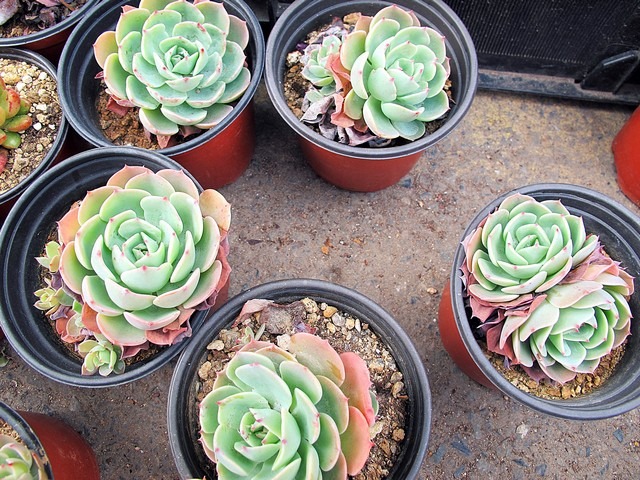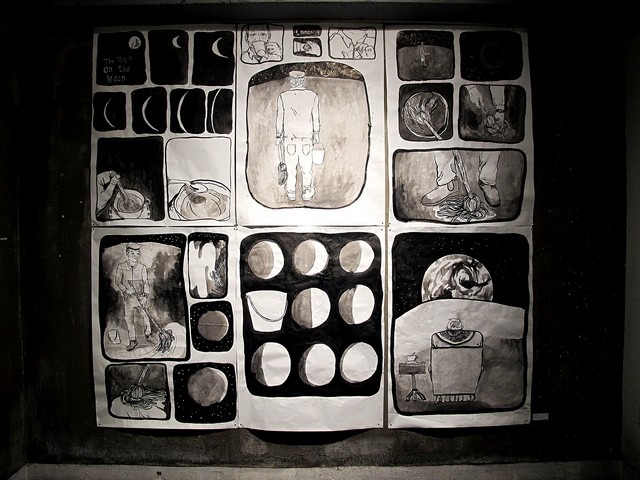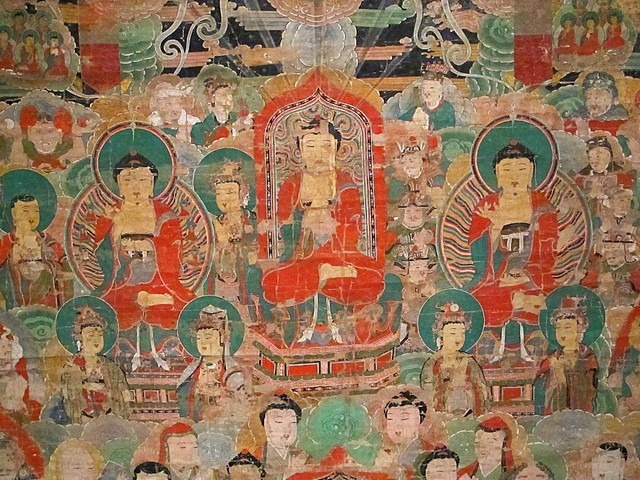The National Museum of Korea: Why You Need To Visit
Last Updated on April 4, 2024
Since it’s establishment in Yongsan in 2005, the National Museum of Korea has had more than 20 million visitors. You should be one too! Come spring and summer in Seoul the rain will inevitably start to fall and when it does people start to look for things to do inside.
Or maybe it’s winter in Korea and you’d rather have some indoor time. The National Museum of Korea (국립중앙박물관) is not only a great thing to do when it’s too cold or too wet to venture out, but it’s also one of the FREE things to do in Seoul.
These days, we’ve also got a major issue with fine dust levels in Seoul and again, great spot to spend the day right here! If the weather does happen to be good, note that this museum has a beautiful park area in the front and is also very close to the Ichon Han River Parkside.
The museum was opened in 2005 and it is GIGANCTIC. Visitors could easily spend an entire day enjoying the relics in and around the huge building. We’ve gone multiple times and there is still more to see!
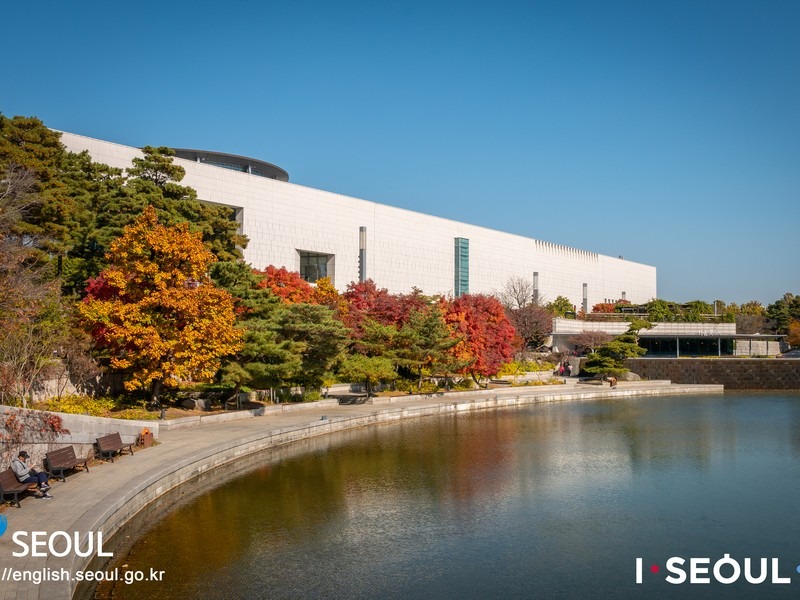
Here’s what you need to know to visit the National Museum of Korea:
(This post contains affiliate links, which means I receive a certain percentage of a sale if you purchase after clicking. Thank you for your support.)
How To Get There
Address: 137 Seobinggo-ro Yongsan-gu, Seoul, Korea (서울특별시 용산구 서빙고로 137 (용산동6가))
By Subway: Ichon Subway Station exit 2 OR bus #502
Hop On/ Hop Off Bus: If you’ll be traveling via the Seoul City Hop On/Hop Off Bus, know that it also stops here. You can buy the ticket for this bus here. And to get more information about the bus, here is a guide to the Hop On/ Hop Off Bus In Seoul.
Basic Info
Admission: Free, special exhibits are charged separately
Hours of Operation: Monday, Tuesday, Thursday, Friday: 10:00am ~ 6:00pm; Wednesday, Saturday: 10:00am ~ 9:00pm; Sunday, National Holidays: 10:00am ~ 7:00pm
- Closed: New Year’s Day (January 1), Seollal (Lunar New Year’s Day), Chuseok (Korean Thanksgiving Day) / Permanent Exhibition Hall closed: First Monday of every April and November annually
Tours:
- In English: Tuesday – Sunday at 10:30AM & 2:30PM
- In Japanese: Tuesday – Friday at 9:30AM; Saturday & Sunday at 10:30AM & 2:30PM
- In Chinese: Tuesday – Friday at 10:30AM; Saturday & Sunday at 10:30AM & 2:30PM
Amenities: Handicap Accessible Services, Baby Strollers, Parking Facilities, Interpretation Services in English, French, Spanish, Italian, Chinese & Japanese*
Website: http://www.museum.go.kr
*Interpretation services should be reserved in advance.
What To See
From The Entrance To The Main Event
Walk up through the garden and see a beautiful pond. You should spend time just enjoying the outdoor space because it is immense and if you’ve got children, it’s a great way to let them get some energy out. There are pavilions to sit in and there’s a stone sculpture area as well where they can learn and have fun outside. While you’re outside, just take in the immensity of the museum building itself. It is one of the largest museums in Asia.
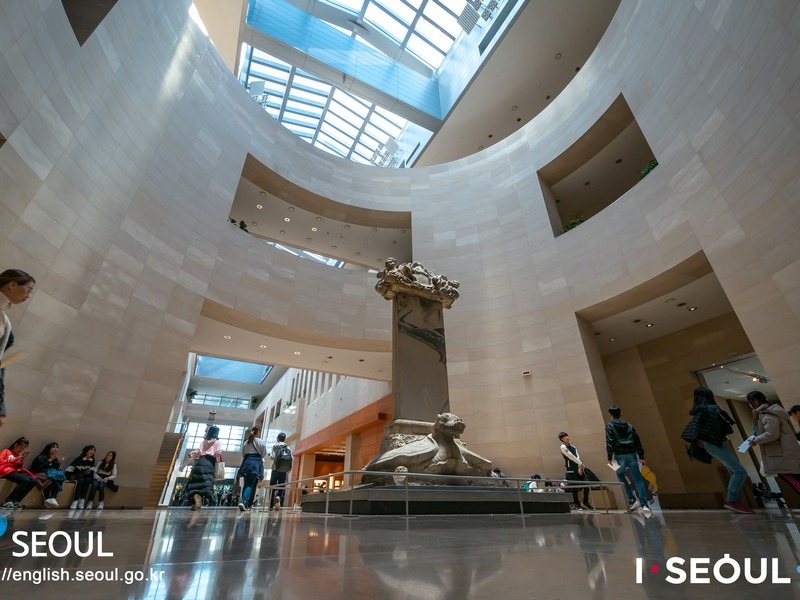
After walking through the glass doors, the main marbled hallway that is open up to the ceiling welcomes those entering into the galleries that flank the main walking space. There are three floors to peruse. The first floor showcases Prehistory, Ancient History, Medieval, and Early Modern History. The second floor has galleries full of donations from individuals and the Calligraphy and Painting Gallery, while the third floor houses the Sculpture and Crafts Gallery and the Asia Gallery.
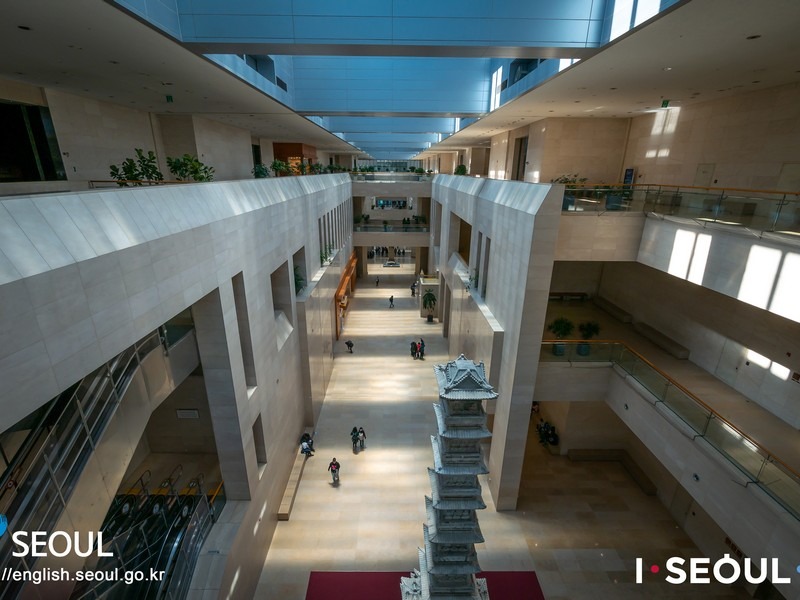
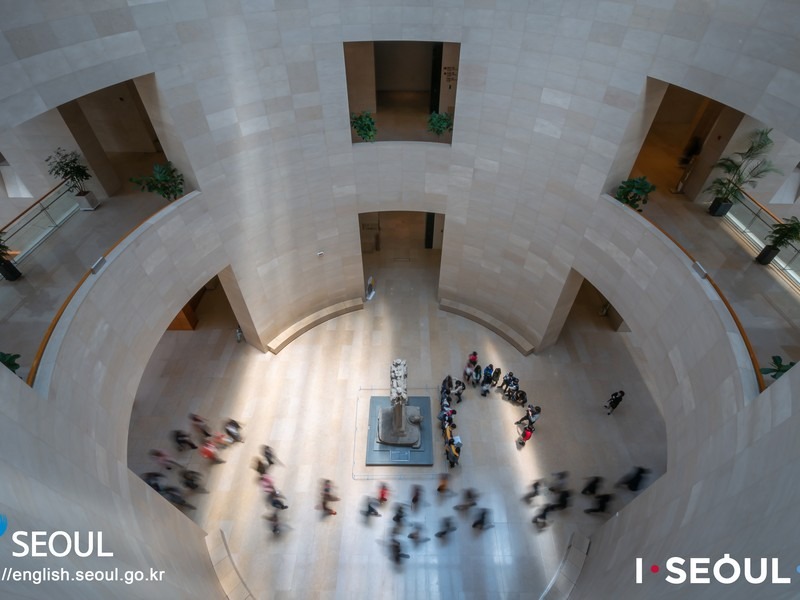
The intricate statues from the past require more than just a glance and the Buddhist paintings even have benches in front of them so that visitors can take a seat and really take them all in. They are that substantial and worthy of quite a sit. The National Museum of Korea has 220,000 relics so be prepared to have a really good and long look around. You could really spend days here.

While the galleries in the sides of the main hall have much to see, you’ll also want to make your way down to the end of walkway to see the ten-story pagoda. Originally from Gyeongcheonsa Temple in Gaepung, Gyeonggido, the pagoda, which is the center photo just below, is blend of traditional Goryeo styles. The first to the fourth sections are carved with scenes from Buddhist assemblies. It is so intricate. Be sure to walk all around it looking at the engravings. This pagoda was stolen away to Japan in 1907 but was returned to Korea in 1918.
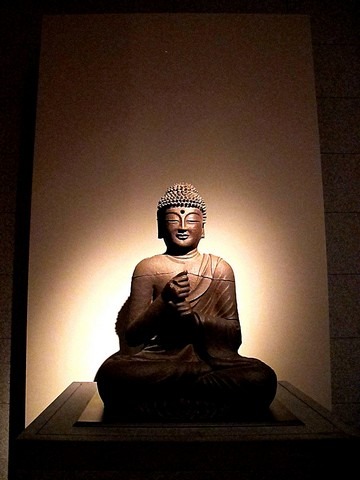
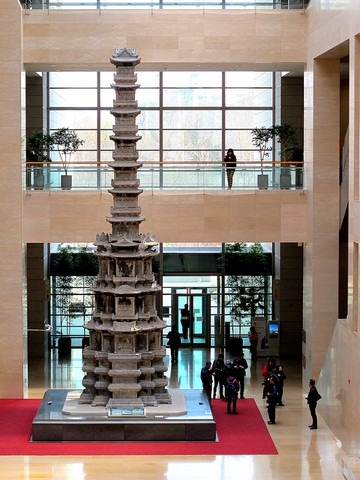
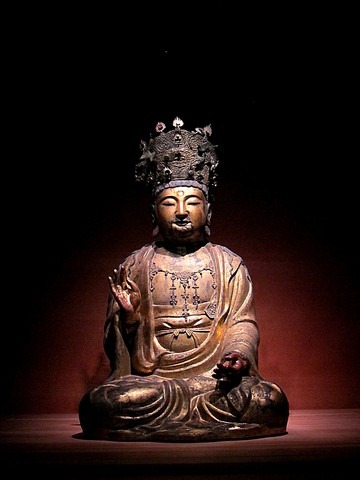
A Buddhist Hanging Scroll from Budeoksa is what you can see below. It was painted in 1684 and depicts Sakyamuni Buddha preaching the Lotus Sutra on the Vulture Peak. Sakyamuni is surrounded by his disciples, bodhisattvas, the Four Heavenly Kings and other audiences. This is my favorite painting in the museum and it’s so huge that it hangs on a wall and you can see it on the first floor AND from a balcony on the second. The colors have somehow stood the tests of time and it truly is spectacular and left me with my mouth agape at its magnitude. Each time we visit the museum, we always save some time to go and see this work of art.
The galleries are quiet and benches are sporadically placed for visitors to take a seat and take it all in. The old paintings and sculptures of Buddha somehow saved throughout Korea’s tumultuous history are beautifully exhibited and the overall atmosphere is calm and serene making the museum a perfect respite away from the busy city sites just outside. Most visitors are walking around with earphones and are listening to information about each exhibit while there is a member of the staff stationed in each gallery to maintain the quiet atmosphere while making sure no one is taking pictures with flash. Don’t do that folks. Just don’t do that.
“In addition to Korean and foreign exhibitions, the museum is an educational, comprehensive cultural space for collection and preservation of relics, research study, social learning activities, scholarly publications, international cultural exchange activities, and opportunities for various performances. The museum also offers an environment-friendly green space and resting area, along with high-quality cultural programs that are welcomed by visitors of all ages,” from their own website.
Must SEE: Immersive Digital Galleries
If you haven’t been to the National Museum of Korea in awhile, you definitely need to go to check out the new Immersive Digital Galleries at the very least. Throughout the museum, there are multiple digital contents spaces that take visitors through various spaces and share Korean cultural heritage.
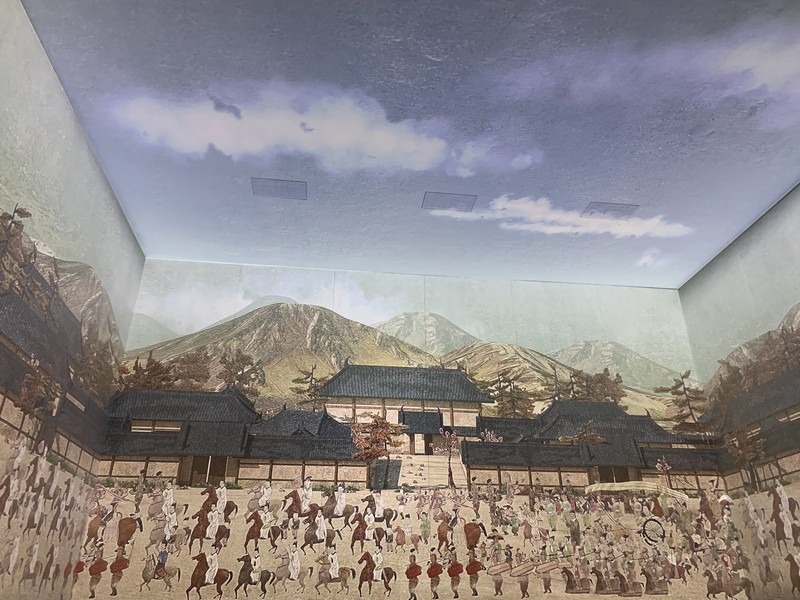

The pictures above are the Immersive Digital Gallery 3 and takes visitors through the renowned Goguryeo tomb showcasing the murals and bringing them to life. It’s an amazing way to understand what the pictures were depicting. The entire program from start to finish is 14 minutes long so you’ll want to take a seat on one of the benches inside to enjoy.
The largest one is the Immersive Digital Gallery 1 and it changes throughout the week. Each day there are different programs which center on bringing Korea’s most famous paintings to life. It’s just stunning, colorful, and, you guessed it, immersive. You’ll want to check the National Museum of Korea website to learn more about what digital contents are currently on display. Each gallery is a must visit though.
National Museum of Korea Children’s Museum
After checking out the amazing galleries for a bit, if you have children, you’ll probably want to take them to the Children’s Museum at the other end of the museum where they can touch and move things to their heart’s content.


Also a FREE place to take kids in Seoul, there are some great educational opportunities here. Check the National Museum of Korea Children’s Museum website so you know what they’re teaching and showcasing at a time as it changes and they have a rotating exhibition gallery as well.



There are also various programs throughout the week so if you have children and want them to get a bit more out of the museum, definitely don’t miss this.
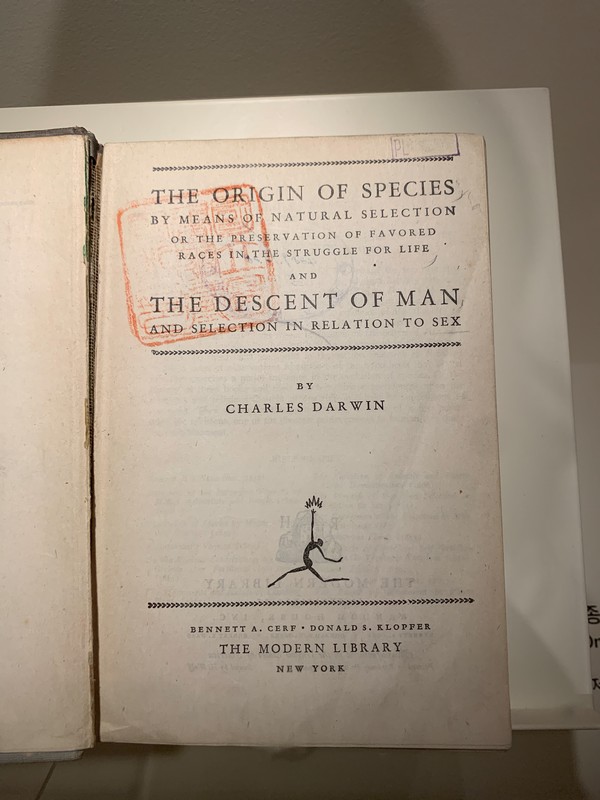
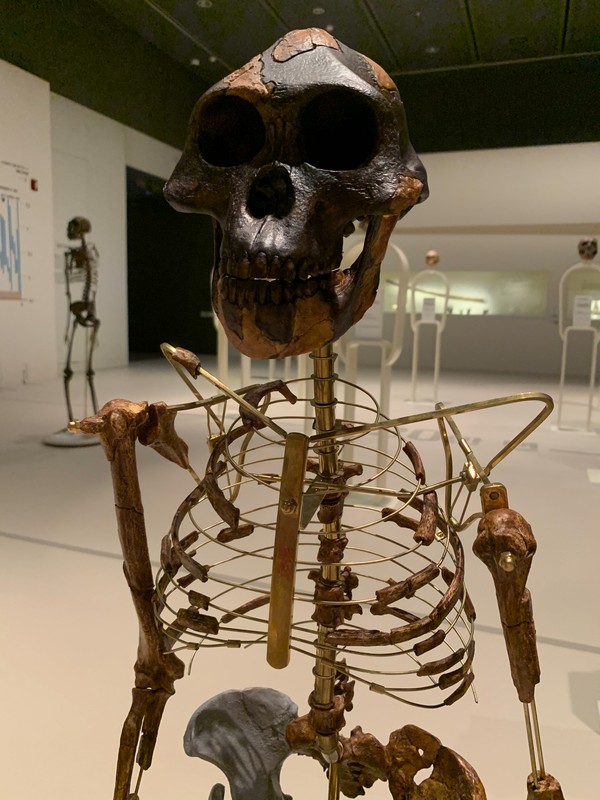
Special Exhibitions
The special exhibitions which in the left wing of the building when you walk up are pretty fantastic. While they do cost some money and it’s different depending on the exhibition, they are worth the fees. We recently went to the ‘Homosapiens: Evolution Relationship & Future’ and it was fantastic. We also had the place quite to ourselves.
Be sure to check what special exhibitions are on at the museum before you go.
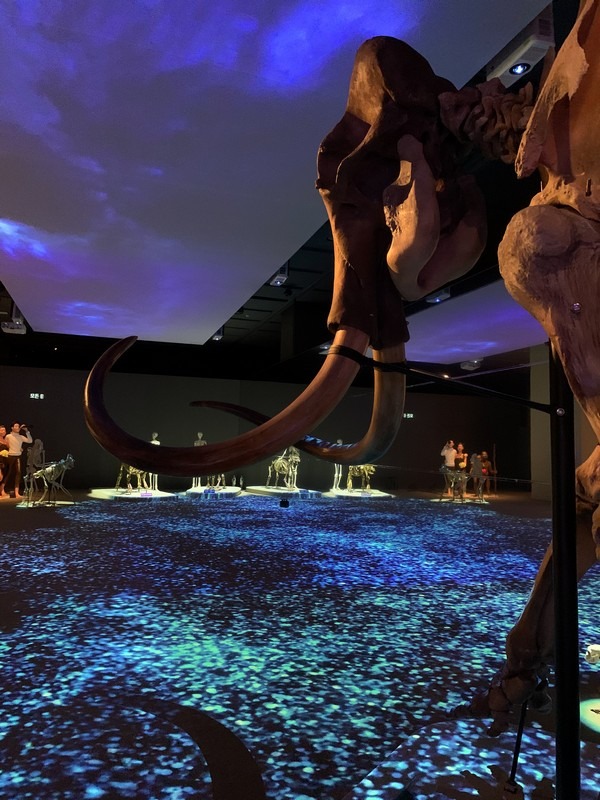

The grounds that surround the massive building are also well kept and paths take visitors around a lake and past statues and a pagoda garden. There is a cafeteria and café on the grounds and convenience stores and restaurants just outside which means this is a perfect place to spend an entire day when the weather is just not cooperating.
This is a great museum to spend a morning or afternoon in. After walking in the museum, if the weather is good, head out to the massive park on the grounds. After you’ve finished here, head just up to Hannam District and enjoy lunch or a cafe stop.
Did you like this post? Pin It!
